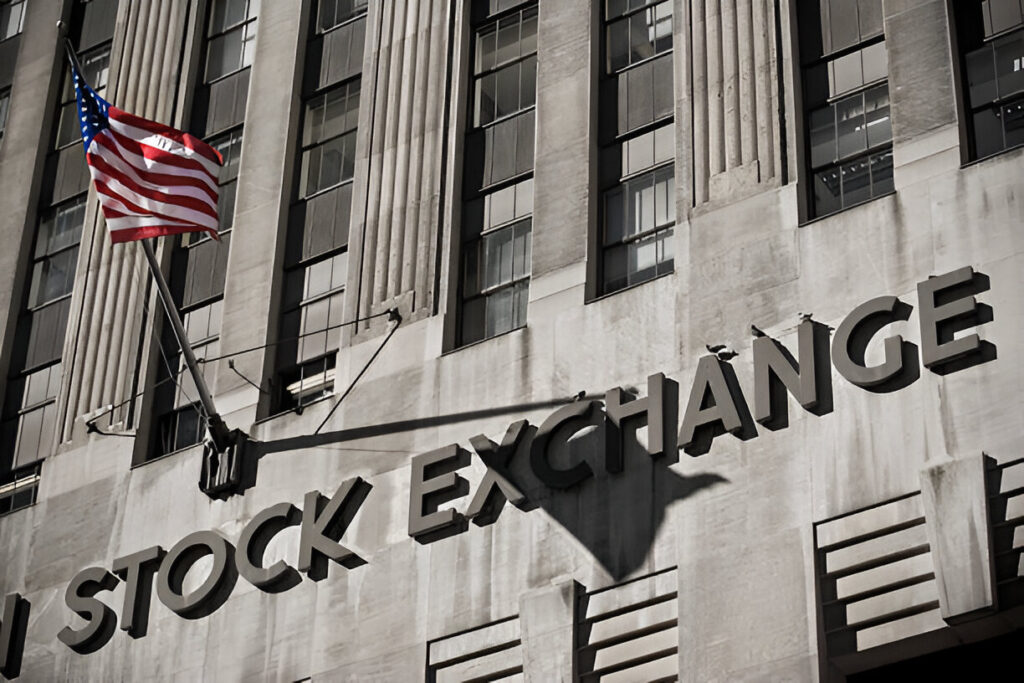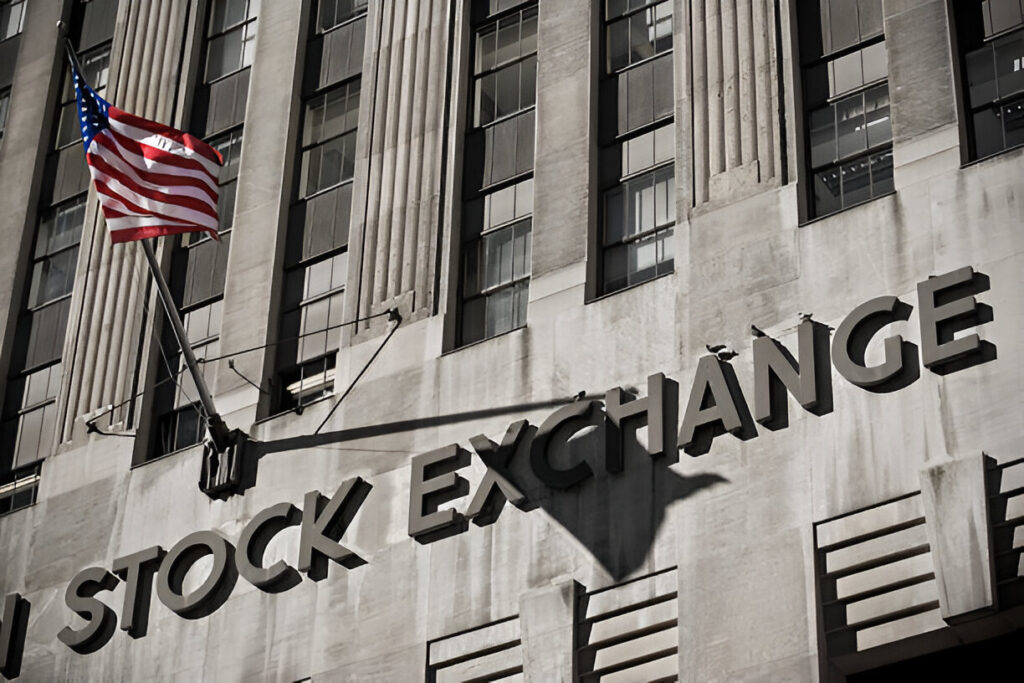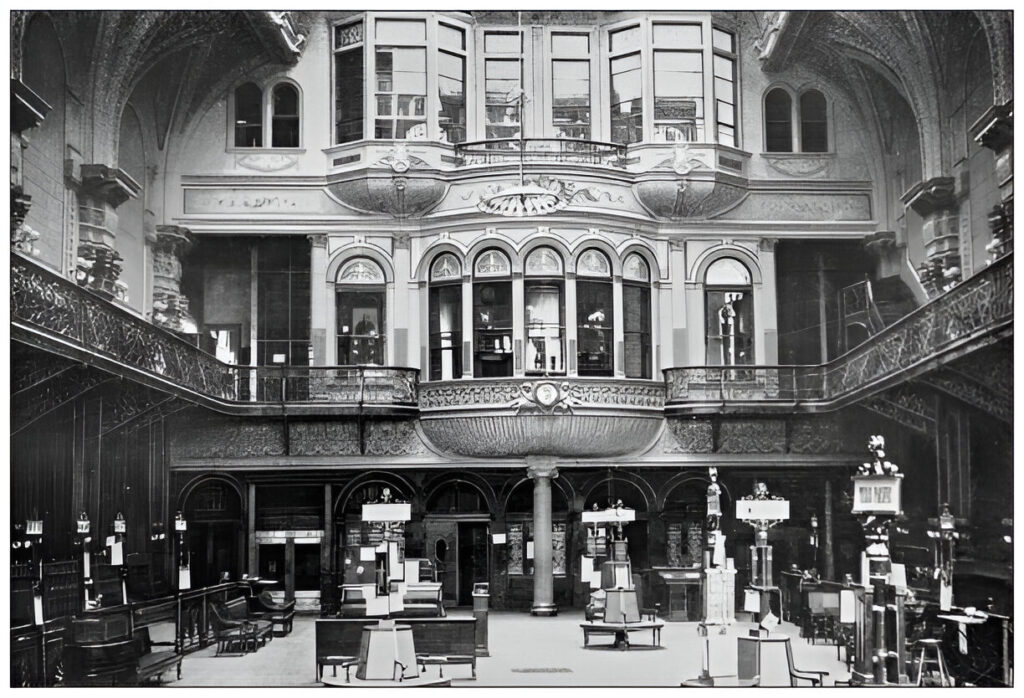
The Beating Heart of Global Capitalism
The New York Stock Exchange (NYSE) is more than just a marketplace for stocks—it is the symbol of American capitalism, ambition, and financial power. Located on Wall Street in Lower Manhattan, the NYSE has witnessed over two centuries of booms, crashes, revolutions, and resilience. From its humble beginnings under a buttonwood tree in 1792 to its modern role as the world’s largest stock exchange by market capitalization, the NYSE has shaped the destiny of global finance.
This 4000-word history explores the evolution of the NYSE—its origins, early struggles, golden ages, financial panics, technological revolutions, and its enduring influence on the global economy.
The Origins: The Buttonwood Agreement of 1792
The story of the NYSE begins in the late 18th century, when America was a young republic still finding its economic footing. In 1792, 24 stockbrokers and merchants gathered under a buttonwood tree at 68 Wall Street in New York City. They signed the Buttonwood Agreement, which laid out the foundation for organized securities trading.
The agreement established two key principles:
- Brokers would only deal with each other, not outsiders.
- Commission rates would be standardized.
This pact created trust, order, and exclusivity—qualities essential for building an organized financial market. From this modest start, the New York Stock & Exchange Board (later renamed the NYSE) was born.

The Early Years: 19th Century Foundations
In its early decades, the Exchange was relatively small, trading primarily in government bonds and a few bank stocks. But as America industrialized, the Exchange grew. Railroads, in particular, became the backbone of U.S. economic growth and dominated trading activity in the mid-19th century.
By 1817, the organization formally drafted a constitution and began meeting at 40 Wall Street. Over time, the NYSE established rules, governance structures, and membership requirements, transforming from a gentleman’s agreement into an institution.
The 19th century also brought financial turmoil. Panics in 1837, 1857, 1873, and 1893 rocked the economy, exposing the volatility of early American capitalism. Yet each crisis forced the NYSE to adapt, regulate, and strengthen.
The Gilded Age: Wall Street Ascends
The late 19th century, known as the Gilded Age, saw the NYSE become a central force in American life. Industrial tycoons like Andrew Carnegie, John D. Rockefeller, and J.P. Morgan built empires, and their companies’ stocks fueled Wall Street’s growth.
Railroads, steel, oil, and finance dominated trading. The NYSE became the venue where fortunes were made and lost, and its growing power cemented New York City as the financial capital of the United States, eclipsing Philadelphia and Boston.
The 20th Century Begins: Growth and Regulation
By 1900, the NYSE was firmly established as the largest stock exchange in the world. However, it faced challenges: speculation, lack of regulation, and periodic panics.
The Panic of 1907 nearly destroyed the American banking system. Only the intervention of financier J.P. Morgan, who used his personal fortune to stabilize markets, prevented collapse. This crisis highlighted the need for central banking, leading to the creation of the Federal Reserve System in 1913.
The NYSE, meanwhile, continued to modernize. It expanded trading floors, introduced telephones for quicker transactions, and became the nerve center of America’s rising industrial economy.

The Roaring Twenties and the Great Crash of 1929
The 1920s were a period of unprecedented prosperity. Stock ownership surged, speculation ran rampant, and Wall Street became a cultural symbol of modern wealth. The NYSE reached new heights as investors poured money into rapidly growing industries such as automobiles, radio, and real estate.
But this exuberance proved unsustainable. On October 29, 1929—Black Tuesday—the stock market crashed, wiping out billions of dollars in wealth. The Great Crash marked the beginning of the Great Depression, the worst economic downturn in modern history.
The NYSE was shaken to its core. Millions of Americans lost savings, banks collapsed, and unemployment soared. Public confidence in Wall Street evaporated, leading to demands for reform.
New Deal Reforms and the SEC
In response to the crash, President Franklin D. Roosevelt’s New Deal introduced sweeping financial reforms. The Securities Act of 1933 and the Securities Exchange Act of 1934 created the Securities and Exchange Commission (SEC), which began regulating the NYSE to protect investors from fraud, insider trading, and manipulation.
These reforms transformed the Exchange into a more transparent and trustworthy institution. The NYSE adapted by standardizing disclosures, improving governance, and rebuilding public confidence in the financial markets.
World War II and Postwar Prosperity
During World War II, the NYSE remained open, though trading volumes declined. After the war, however, the U.S. economy boomed. The 1950s and 1960s brought unprecedented prosperity, consumer spending, and corporate growth.
The NYSE flourished during this period, with blue-chip companies like IBM, General Motors, Coca-Cola, and AT&T becoming household names. Stock ownership broadened, and Wall Street advertising campaigns encouraged Americans to invest in their future.
By the mid-20th century, the NYSE was firmly entrenched as the center of global finance, attracting foreign companies to list alongside American giants.
The Turbulent 1970s: Oil Shocks and Uncertainty
The 1970s challenged Wall Street with inflation, oil crises, and economic stagnation. Markets became volatile, and investor confidence wavered. Yet the NYSE adapted with modernization efforts.
A major innovation came in 1971, when the NASDAQ was launched as the world’s first electronic stock market. While the NYSE remained dominant, the rise of NASDAQ signaled the coming era of technology-driven finance and greater competition.
The 1980s: Deregulation, Booms, and Crashes
The 1980s brought deregulation, globalization, and financial innovation. The NYSE thrived as investment banking grew, mergers and acquisitions surged, and trading volumes soared.
But the decade also saw disaster. On October 19, 1987—Black Monday—the Dow Jones Industrial Average fell by 22.6% in a single day, the largest one-day percentage drop in history. While devastating, the market recovered faster than expected, showcasing the resilience of modern financial systems.
The 1990s: Technology, Globalization, and Record Growth
The 1990s marked a golden era for the NYSE. Fueled by the dot-com boom, technological innovation, and globalization, the Exchange reached unprecedented heights.
Advances in computer systems transformed trading, while electronic order routing sped up transactions. Foreign companies increasingly listed on the NYSE to gain access to global capital.
By the late 1990s, Wall Street symbolized the optimism of the information age. However, the bubble burst in 2000, leading to a painful correction.

The 2000s: Terrorism, Crisis, and Survival
The early 2000s were marked by turbulence. On September 11, 2001, the NYSE was forced to close for four days after the terrorist attacks on the World Trade Center. When trading resumed, markets plunged, but the NYSE demonstrated resilience in the face of tragedy.
The decade culminated in the 2008 global financial crisis, triggered by the collapse of Lehman Brothers and the housing bubble. The Dow fell nearly 34% in 2008, and the NYSE was at the center of a global economic meltdown. Government bailouts and unprecedented interventions stabilized markets, but the crisis forever changed perceptions of Wall Street.
The 2010s: High-Frequency Trading and Global Dominance
In the aftermath of the crisis, the NYSE modernized rapidly. High-frequency trading, algorithmic systems, and electronic platforms became the norm. The traditional image of frantic traders shouting on the floor began to fade, replaced by silent computer screens executing millions of trades per second.
Despite competition from NASDAQ and global exchanges, the NYSE retained its status as the largest stock exchange in the world by market capitalization. It also expanded internationally through mergers, partnerships, and technological innovations.
The 2020s: Pandemic and Digital Transformation
The COVID-19 pandemic brought another historic moment. In March 2020, the NYSE temporarily closed its trading floor for the first time in its history, shifting entirely to electronic trading. Markets experienced extreme volatility, with record-setting crashes followed by swift recoveries.
At the same time, new forces—cryptocurrencies, decentralized finance, and fintech innovations—began challenging traditional finance. Yet the NYSE remained central, adapting to the changing landscape while continuing to list the world’s biggest companies, from Apple and Microsoft to Tesla and Amazon.
Cultural and Symbolic Power of the NYSE
Beyond finance, the NYSE has become a cultural and symbolic landmark. Its iconic building at 11 Wall Street, with its neoclassical façade and American flag, is instantly recognizable. The opening and closing bell ceremonies, featuring celebrities, CEOs, and world leaders, symbolize the daily rhythm of capitalism.
The NYSE has appeared in countless films, books, and artworks, representing both the promise of wealth and the perils of speculation. It is as much a cultural icon as it is a financial institution.
Conclusion: The NYSE as the Nerve Center of Global Capital
From a buttonwood tree in 1792 to a digital powerhouse in the 21st century, the New York Stock Exchange has endured wars, depressions, panics, and revolutions. It has grown from a local club of merchants into the world’s financial nerve center, commanding the trust of investors across the globe.
Its history is a story of resilience, innovation, and adaptation—qualities that ensure the NYSE will remain central to global finance in the decades to come. Whether celebrated or criticized, the Exchange stands as a testament to the power and complexity of capitalism itself.

